The obesity epidemic continues to be one of the biggest public health challenges in the 21st century. Rates continue to rise globally and at all stages of the life course. In pregnant women this can be especially problematic due to the increased risk of pregnancy complications, subsequent non-communicable diseases, adverse birth outcomes and increased risk of obesity and metabolic diseases in later life for the offspring.
The latest published figures in Northern Ireland 2017/18 show over half of women entering pregnancy are now overweight or obese (52.5%) which translates to an estimated additional £16.7m cost in their care during pregnancy, and up to one year after birth for the infant. This is not even accounting for associated indirect costs to society and economy, for example time requiring additional time off work during pregnancy and healthcare and societal costs beyond the first year of life which would be substantially greater.
Evidence suggests that the aetiology of obesity is complex and involves a combination of biological, psychosocial and socioeconomic risk factors frequently culminating in a vicious circle in which deprived people are often disproportionally affected. Although NICE guidelines recognize that pregnancy and childbirth is a period in which women are most susceptible to weight gain, recommendations on weight management are generic and may not consider a woman’s social and economic circumstances. Thus, it is imperative that we can identify groups who are at higher risk of beginning a pregnancy overweight or obese or gaining weight during the interpregnancy interval and provide personalized guidance and recommendations which can be implemented before, during and between pregnancies.


